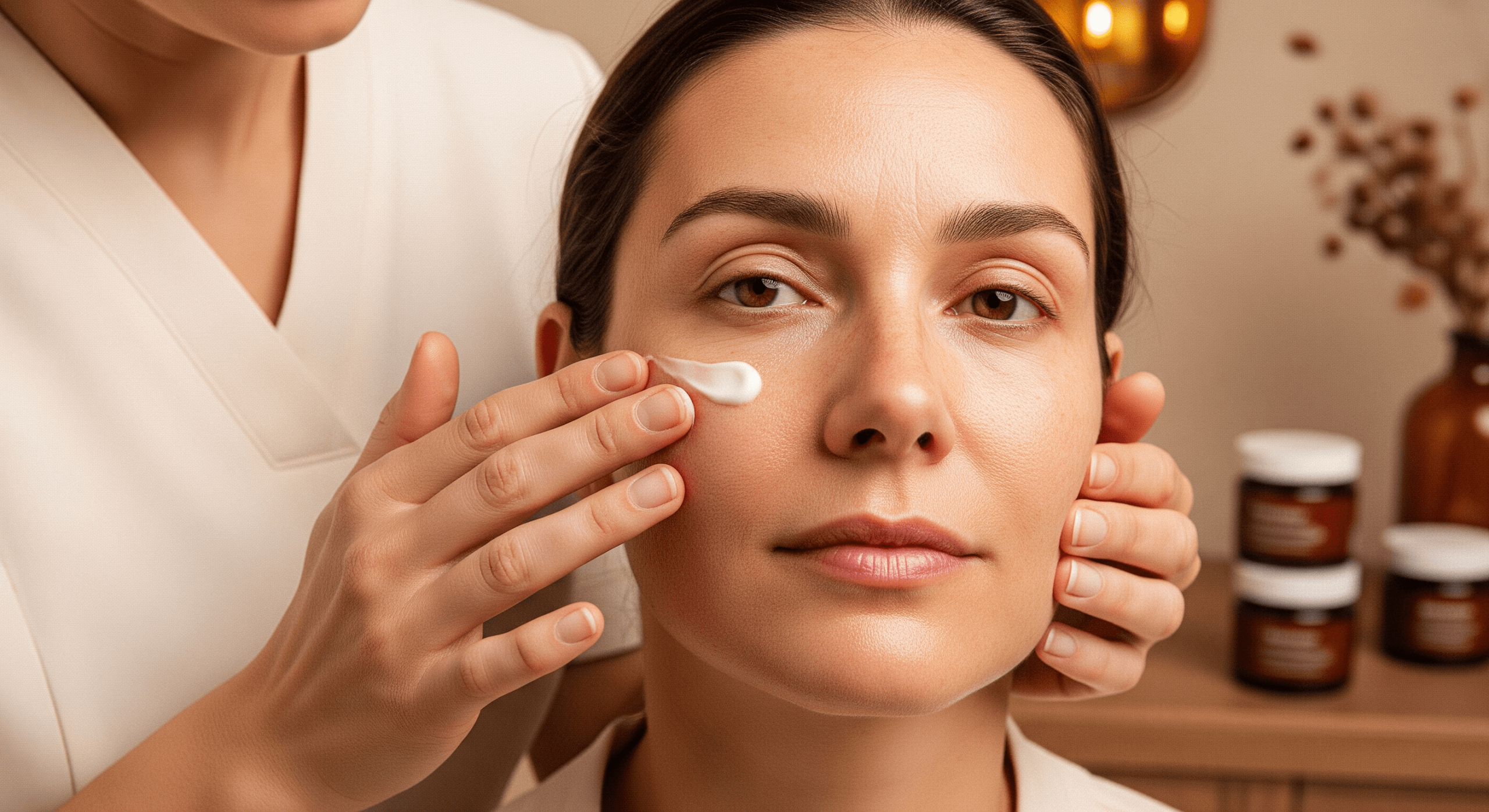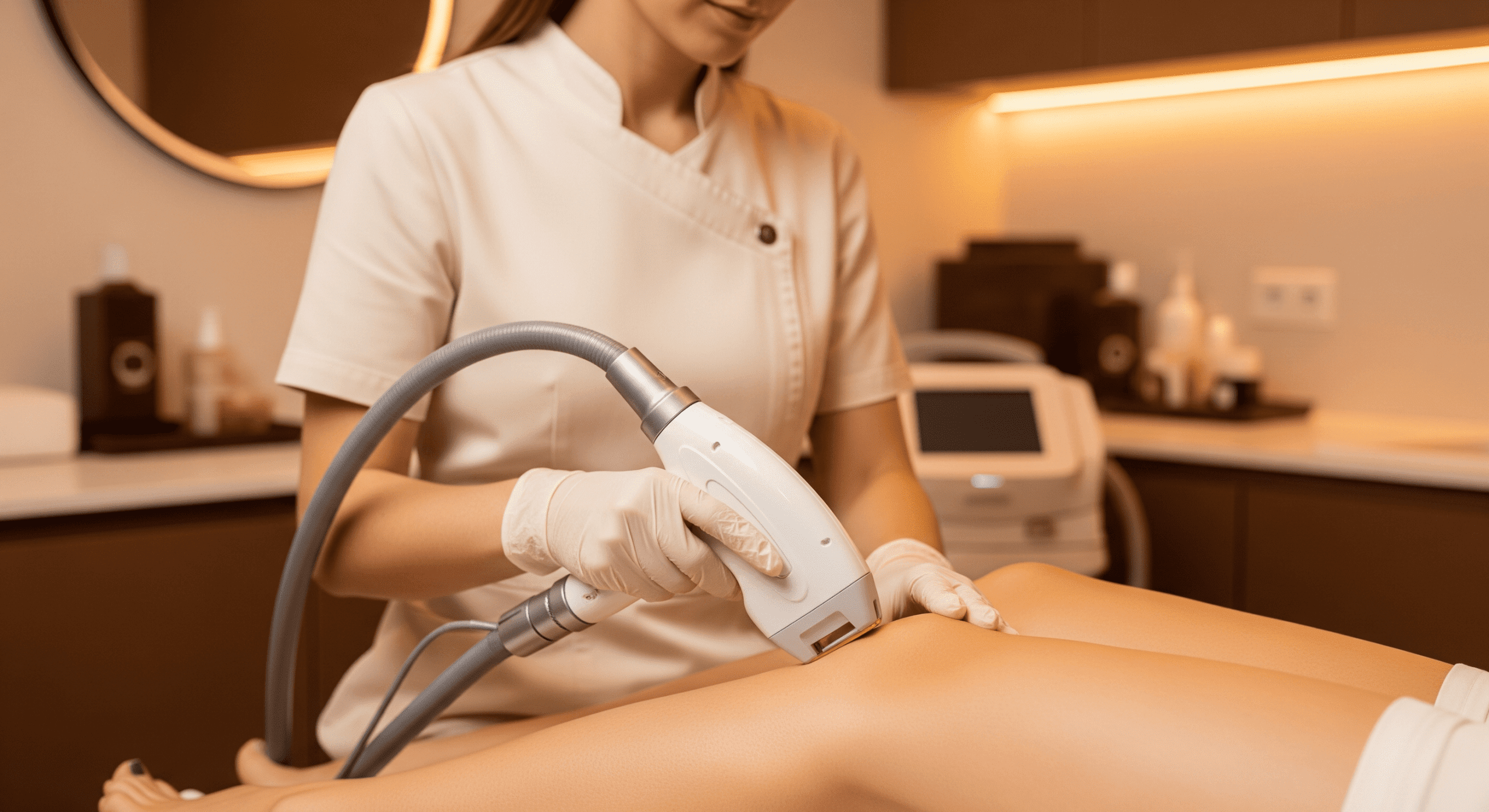When you think about what’s harming your skin, UV rays, harsh skincare products, and aging probably come to mind. But there’s a silent aggressor that’s just as destructive—and far more insidious: air pollution.
Airborne pollutants like particulate matter (PM), ozone, and nitrogen dioxide can accelerate aging, increase sensitivity, and cause inflammation, pigmentation, and dullness. The connection between air pollution and skin damage isn’t just a theory—it’s a reality supported by dermatological science.
Let’s break down how pollution affects your skin and what you can do to fight back effectively.
Jump to:
TLDR – Quick Guide
- Air pollution causes oxidative stress, inflammation, and a breakdown of collagen in the skin.
- Common effects include premature aging, dryness, sensitivity, and dark spots.
- Pollution penetrates the skin via pores and weakens the skin barrier.
- Defensive strategies include antioxidant skincare, regular detox treatments, and environmental protection.
- Medical-grade facials and laser treatments can reverse pollution-related skin damage.
Detailed Breakdown
1. The Pollutant Problem: What’s in the Air
Urban air is filled with microscopic toxins—vehicle emissions, smoke, industrial fumes, and free radicals. These pollutants penetrate through your pores, bypassing the skin barrier and triggering inflammation, oxidative stress, and DNA damage.
A 2016 study in The Journal of Investigative Dermatology linked long-term exposure to air pollution with increased pigment spots and wrinkles, especially on the face.
2. The Skin Barrier Under Siege
Your skin’s outermost layer—the stratum corneum—is your first line of defense. Air pollution breaks this down, making the skin more vulnerable to dehydration, sensitivity, and infection. It’s a fast-track to early aging.
Once compromised, the skin becomes less effective at keeping moisture in and environmental stressors out.
3. Signs of Pollution-Related Skin Damage
- Dullness and Uneven Tone
- Frequent Breakouts
- Dryness and Tightness
- Hyperpigmentation and Dark Spots
- Fine Lines and Sagging
These signs may be subtle at first, but they compound over time, especially for those living in urban or industrial areas.
4. How to Fight Back: Treatments & Tactics
Antioxidant Skincare
Topical antioxidants like vitamin C, niacinamide, and green tea extract neutralize free radicals before they can wreak havoc on your skin cells. These should be part of your daily morning routine.
Barrier Repair Products
Use moisturizers with ceramides, peptides, and hyaluronic acid to reinforce the skin’s defense system. Look for “pollution shield” products specifically designed to block particulate matter.
Lifestyle Adjustments
Eating antioxidant-rich foods, staying hydrated, and avoiding outdoor exposure during high-pollution days can reduce impact. Adding an air purifier to your home also helps.
Professional Treatments
Medical spas like Skin Care Institute offer advanced solutions such as:
- HydraFacials to detox and replenish the skin
- Microneedling to trigger collagen renewal
- Laser resurfacing to reduce pigmentation and rebuild the skin barrier
These treatments address the underlying cellular damage caused by pollution and can dramatically improve skin tone and texture.
Key Takeaways
- Air pollution is a major contributor to premature aging and compromised skin health.
- Free radicals from pollutants cause inflammation, collagen breakdown, and pigmentation.
- Effective defense includes antioxidant skincare, barrier repair, and medical-grade treatments.
- Your environment plays a significant role in your skin’s aging process—protecting it is essential for long-term health.
FAQs
How does air pollution cause skin damage?
Pollutants penetrate the skin barrier, triggering oxidative stress, inflammation, and collagen degradation. This accelerates aging and can lead to pigmentation, dryness, and irritation.
What are the visible signs of pollution-damaged skin?
Common signs include dullness, uneven tone, increased breakouts, fine lines, and dark spots.
Can skincare really protect against air pollution?
Yes. Antioxidants and barrier-repairing ingredients help neutralize pollutants and reinforce your skin’s defenses.
Are urban residents more at risk for pollution-related skin issues?
Absolutely. Those in cities are exposed to higher levels of airborne toxins, increasing the need for protective skincare and professional treatments.
Which professional treatments are best for pollution damage?
HydraFacials, microneedling, and laser resurfacing treatments are highly effective for reversing the signs of environmental damage.


